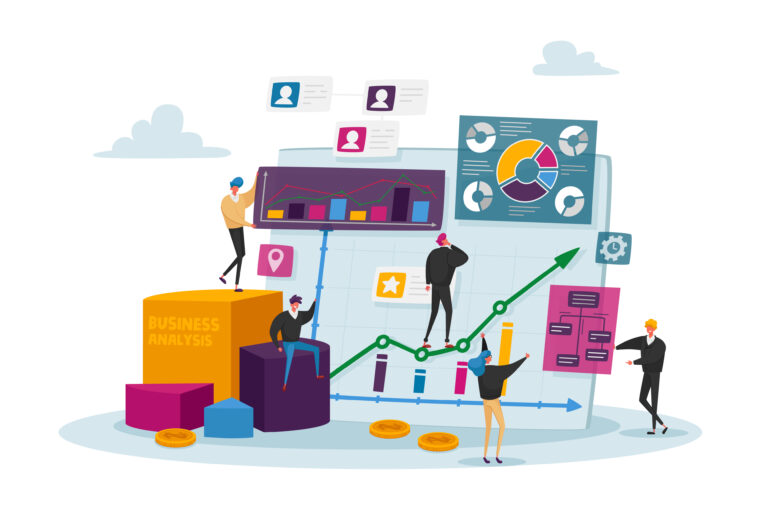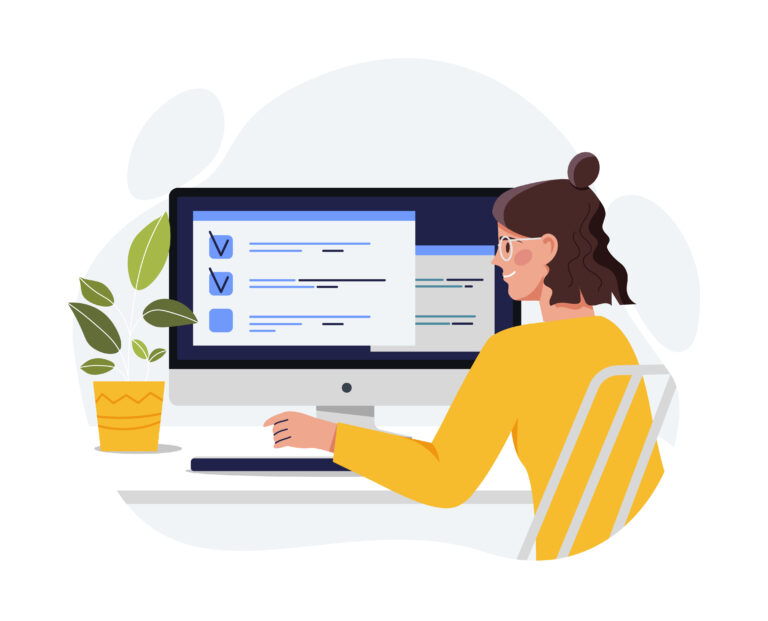When acquiring equipment for your business, there are many different options to choose from. Some business owners may choose to lease their equipment, while others may choose to buy. Leasing and buying equipment both have their pros and cons- it all depends on your situation. Leasing could allow for better budget options, especially if you have a device that needs to be upgraded every year or so, while buying might be a better option for stable businesses that are looking for something with long-term use. Since each business is unique, you must be informed on the pros and cons of leasing vs. buying in order to choose the correct option for you.

The Pros of Leasing
Leasing equipment is a process in which an owner of certain equipment essentially rents it out to someone else at a monthly rate for a certain number of months. Leasing can be a great option if you prefer to avoid a large financial outlay upfront. When leasing equipment, there will be a smaller initial cost. This way, you can acquire equipment that you may not have otherwise been able to afford to buy while putting less strain on your cashflow and allowing for effective budgeting since you will have a predictable monthly expense. The upfront costs can sometimes be quite hefty, even with IT equipment, so leasing could be a great option to get what you need while staying within your budget. Leasing equipment to avoid the upfront costs of buying the equipment additionally allows for more flexible use. Getting a loan to buy equipment may have less flexible terms than simply leasing it, plus, you get to decide how long you want the device. With a lease, you generally have the option, with a buy-out at the end, to own the equipment at the end of the term; or you may choose to set up a refresh cycle and use that term expiration to turn in the equipment and get new again. You might be able to negotiate alternative payment plans with a lease. This way, if you don’t need or want the device anymore, or you want to upgrade or downgrade it, you can do so on terms that work for you.
Usually, the payments made on a lease are expensed for tax purposes. But there are times when leased equipment can be depreciated. This is one area where a qualified professional can really provide some good advice and be worth every penny you pay them because they’ll know all the rules surrounding this subject and be able to best apply them to your financial circumstances.
The Cons of Leasing
The most prominent disadvantage of leasing equipment is that your overall cost over time will usually accumulate to more than you would have spent on buying the equipment outright. So, you may save money on the upfront cost of buying the equipment, but you will spend more than it is worth in the long run due to interest and finance charges. You also don’t own the equipment while you are using it, which comes with its own set of disadvantages. Since the equipment is owned by someone else, you will not have any equity in it, and your options to dispose or make alterations to it may be limited. Additionally, the fact that you get to choose the terms of your lease can be seen as an advantage, but it may also cause problems later on. If you no longer wish to use the equipment before your lease agreement expires, you are still stuck with the remaining payments until it does.

The Pros of Buying
The pros of buying almost go directly along with the cons of leasing. If you are able to spend the money upfront to buy a piece of equipment, you can save money in the long run. This way, you will only be paying what the device is worth, rather than paying more by adding interest and finance charges to the payments. And, you may be able to sell it, if you no longer need it, and get some of your money back. You get to decide exactly how long you want it and when you want to get rid of it without the roadblocks of a third party. You don’t have to worry about finding a lease agreement that fits your specific needs, and there are no monthly payments to process and deal with. If the device is usable for a long period of time, it may be worth it to buy it if that is a realistic option for your business. Purchased assets typically will be depreciated over time and that depreciation can be used to reduce your tax burden; again, be sure to speak with your tax advisor to determine how this affects you and your situation.
The Cons of Buying
Now, as we have read above, the initial cost of buying equipment is much higher than the initial cost of leasing. If you are not comfortable with a large capital expense, this may not be the option for you. You are also solely responsible for all of the maintenance and repair costs during the time you own the equipment if you choose to buy. Even if you take out a loan to pay for the equipment, you will usually need to pay a down payment that could get very expensive, plus all of the maintenance costs. And, though ownership can be one of the biggest advantages of buying your equipment, it can also create some disadvantages. Once the equipment becomes outdated, you don’t have the option to trade it in for an equipment refresh like you do in leasing. It will be your responsibility to appropriately dispose of or recycle the equipment. If you need new equipment, you will be faced with another large capital expense to purchase the newer, updated equipment.

At Blue Oak, we can help you through each of these processes. We will be able to provide advice and guidance on which option might be better for your business. Plus, we have vendor connections that we use in order to quote and acquire equipment on your behalf, so the challenge of figuring out the right specs and deciphering all the acronyms and abbreviations is alleviated for you. In any case, Blue Oak can be your equipment acquisition partner. After you’ve acquired the equipment, we can even provide maintenance and put safety measures in place to keep your equipment protected. We offer services such as anti-virus protection and monitoring, spam filtering, data backup, and anything else you may need to keep your equipment running smoothly, safely, and efficiently.
Read our previous post here: What to Look For in an IT Partner
